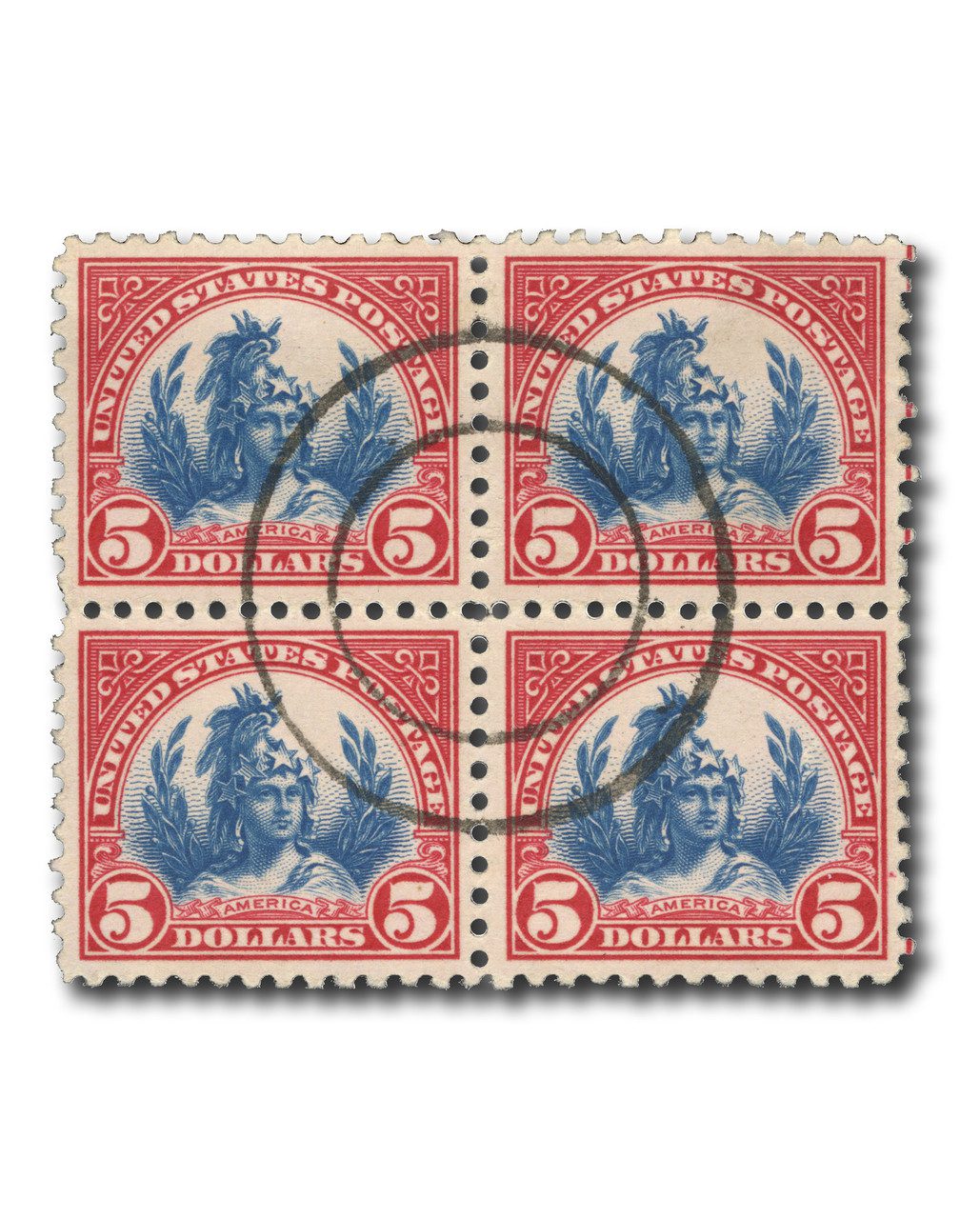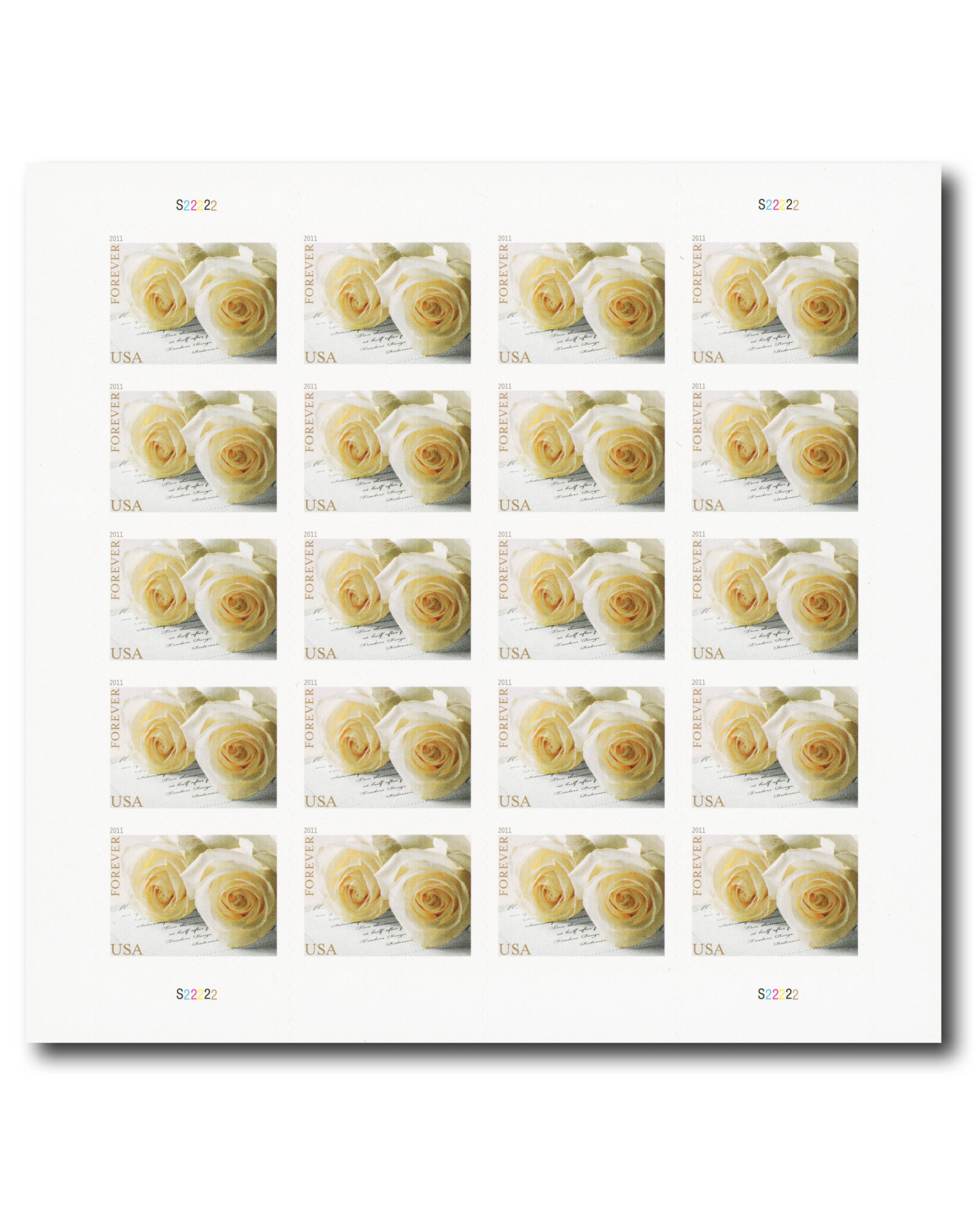Why Collect Stamp Blocks and Strips of Four?
The broad appeal for blocks is scarcity or rarity, and eye appeal (blocks of 4 are balanced and pretty).
Even more info about collecting US stamps!

The broad appeal for blocks is scarcity or rarity, and eye appeal (blocks of 4 are balanced and pretty).

When it comes to wedding invitations, every detail matters—including the postage. The right stamp adds a finishing touch that sets the tone for your big day, making your invitations feel even more elegant and personal.

This Virginia City Pony Express cover carried more than mail – it carries the weight of a scandal that rocked 19th-century America. Sent to Clara C. Crittenden in 1864, it…

Since 1923, Disney has been enchanting audiences with its timeless characters and heartwarming stories. And over the years, these beloved creations have made their way onto US postage stamps, capturing the magic of Disney in a format that brings nostalgia, art, and history to the palm of our hands.

Since its debut in 1978, the Black Heritage Series has become a powerful tribute to the achievements and contributions of African Americans. With each stamp, this collection tells a story of courage, talent, innovation, and resilience, celebrating influential figures who have shaped history and continue to inspire future generations.

Test stamps are non-postal stamps created by postal administrations for use in testing and calibrating stamp vending machines, canceling machines, and other postal equipment. Unlike regular postage stamps, test stamps are not intended for public use and have no face value. Their designs are often simple, featuring basic shapes, solid colors, or repeating patterns, and they are typically printed in large quantities.

Holography is a technique that uses light to create a three-dimensional image. Lenticular printing works by layering multiple images on a plastic lens. When the stamp is tilted, the layers interact, causing the image to shift or move.

Among the many definitive series issued by the United States, the Presidential Series of 1938 stands out as a particularly iconic and beloved set. Known colloquially as the “Prexies,” these stamps played a significant role in American postal history and have become a favorite among collectors.

Proofs are preliminary impressions of a stamp that are produced during the design and printing process. They are used to test colors, designs, and printing plates before the final production run begins. Because they were never meant to be used for postage, proofs are typically found in pristine condition, making them highly desirable to collectors.